
Witness Chettikulangara Bharani Festival in Kerala
Chettikulangara Bharani is a vibrant and graceful annual celebration held at the Chettikulangara Devi Temple in Alappuzha, Kerala. This grand festival unites the entire town in devotion to Goddess Bhagwati Shree Bhadrakali. Celebrated in the post-harvest season, usually in late February or early March, it is a way for the community to express gratitude for a prosperous harvest and an abundant year. With its electrifying energy, rich cultural displays, majestic temple cars, colourful chariots, dazzling floats, and captivating performances, Chettikulangara Bharani truly captures the essence of India’s festive heritage like no other!
Chettikulangara Bharani 2025 Festival Dates
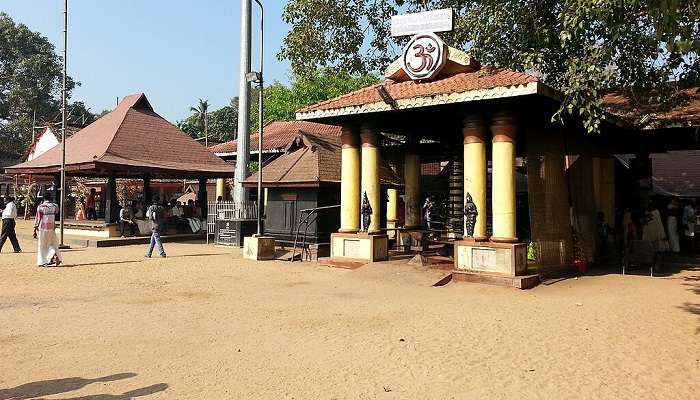
Chettikulangara Bharani, also referred to as Kumbha Bharani, derives its name from its timing—celebrated during the Bharani Nakshatra in the Malayalam month of Kumbham. Typically observed in the first week of March, the exact date is based on the traditional Malayalam calendar. In 2025, this vibrant festival is set to take place on Tuesday, the 4th of March.
Read Also : Kerala Cuisine: 21 Famous Kerala Foods & Traditional Dishes to Try
Origins of Chettikulangara Bharani Festival
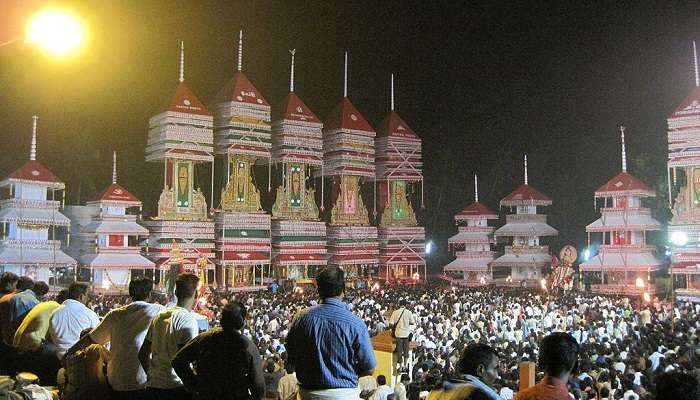
A well-known legend surrounds the origins of the Chettikulangara Bharani Festival. According to the tale, a skilled craftsman and his team were sent to construct the Kollam-Chavara canal under royal command. However, the work faced endless delays, leaving them stuck far from home. While in Kollam, they happened to witness the grand Kettukazhcha processions at the Mulankadakam temple.
Moved by the spectacle, they made a heartfelt vow to Goddess Bhagwati: if they were granted permission to return home, they would honour her by creating similar floats every year. Miraculously, the very next day, the King’s orders came, allowing their return. True to their word, the villagers began crafting elaborate Kettukazhchas annually and offering them at the Chettikulangara Devi Temple. And so, the tradition of the Chettikulangara Bharani Festival was born—a legacy that continues to this day.
What is the significance of Kumbha Bharani?
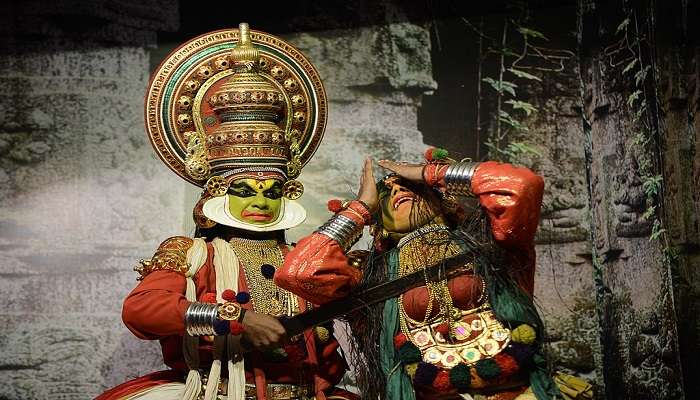
Over 50,000 people take part in the grand celebrations of Kumbha Bharani, making it one of the most vibrant and cherished festivals in the region. The devotion and hard work of local artisans and worshippers are evident in the stunningly detailed Kettukazhcha floats that grace the streets during the festive processions. These colourful parades not only honour the goddess but also bring the entire Chettikulangara community together in joyous unity.
Given India’s deep agricultural roots, it’s no surprise that many of our festivals align with the harvest and spring seasons. Kumbha Bharani is no exception—it’s a heartfelt tribute to Goddess Bhagwati for blessing the land with abundance. Blending elements of tradition, craftsmanship, and spirituality, the festival beautifully showcases Kerala’s rich cultural heritage. In fact, the Chettikulangara Bharani Festival is currently being considered for inclusion in UNESCO’s Intangible Cultural Heritage list.
The festivities also feature mouthwatering local delicacies like Kuthiramoottil Kanji—a traditional porridge made on the temple grounds, Konjum Manga—a tangy prawns and raw mango dish, and Asthram, a temple-specialty recipe. Another charming aspect of the celebration is the community karaoke of “Chettikulangara Bharani Naalil,” a nostalgic song from the 1975 Malayalam film Sindhu, where the singer fondly recalls meeting a captivating woman at the festival grounds.
Kuthiyottam Dance Rituals
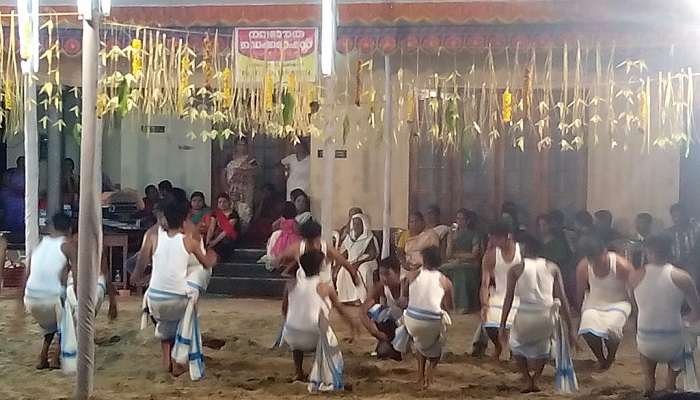
One of the most distinctive and sacred elements of the Chettikulangara Bharani Festival is the Kuthiyottam ritual. Traditionally believed to be a form of offering to appease Goddess Bhadrakali, this ritual once involved an actual blood sacrifice. However, over time, especially under the influence of Buddhist values, the practice transformed into a symbolic act, preserving its spiritual essence without the violence.
Today, Kuthiyottam is a symbolic human sacrifice, where devotees who make a vow adopt two or four young boys—typically before puberty—on the day of Mahashivratri. These boys are brought into the devotee’s household, where a special canopy and shrine are set up in honour of the goddess. Over the next few days, the boys are trained in the ritual dance steps of Kuthiyottam.
As part of the ceremony, their abdominal skin is delicately pierced with a golden thread in a ritual known as Chooral Muriyal. On the main day of the festival, the boys are taken in a grand procession to the temple, where they perform devotional songs and dances for the goddess. After the performance, the golden threads are removed, symbolising their ritualistic ‘sacrifice’, and they are considered to have been symbolically reborn.
Chettikulangara Kumbha Bharani Float Festival
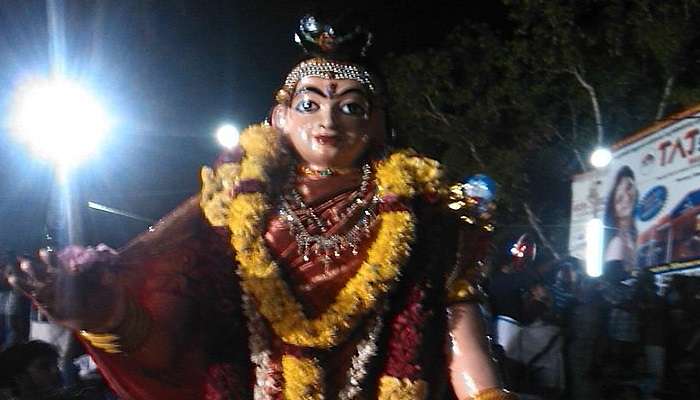
One of the most spectacular and crowd-pulling attractions of the Chettikulangara Bharani Festival is the Kettukazhcha—a grand display of towering ceremonial floats. These include Kuthira (stylised structures known as “horses,” though they bear little resemblance to actual horses), Theru (chariots that resemble ornate pagodas), and impressive effigies of epic figures like Bhima, Panchali, and Hanuman from the Mahabharata.
Thirteen different floats are presented by the 13 provinces (Karas) of the region, each contributing its own distinct creation. Among them are six massive and elaborately adorned Kuthira structures and five beautifully crafted Theru, along with the symbolic figures. These floats, soaring to heights of 80 to 85 feet, are paraded through the streets and ceremoniously offered to the deity on the festival day.
The majestic procession is a visual feast that draws thousands of spectators and is broadcast nationally on DD National, capturing the grandeur and cultural richness of this unique tradition.
Read Also : 19 Amazing Places To Visit Near Kollam
How To Reach Chettikulangara Bhagavathy Temple
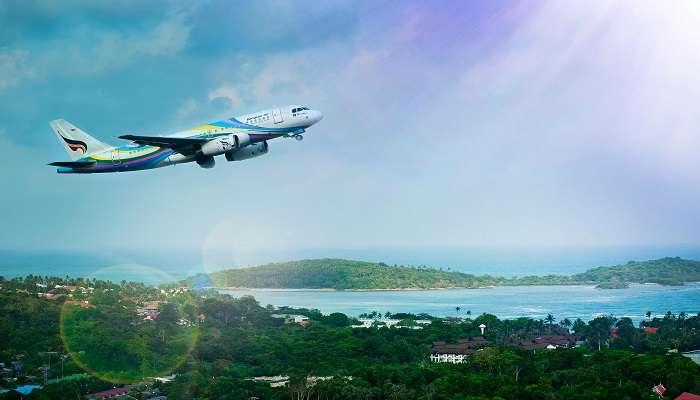
By Air:
The nearest airports to Chettikulangara are Thiruvananthapuram International Airport (approximately 111 km away) and Cochin International Airport (around 127 km away). Both airports offer direct and connecting flights from major Indian cities like Delhi, Mumbai, Chennai, Hyderabad, Pune, and Kolkata. Once you land, you can easily reach Chettikulangara via bus, cab, or auto-rickshaw. The local transport system is reliable and convenient, making your onward journey hassle-free.
By Train:
The closest railway stations are Mavelikkara and Kayamkulam, each just about 6 km from Chettikulangara. Alternatively, you can arrive at the Alleppey Railway Station and travel onward by local transport.
By Road:
Chettikulangara is well-connected by road. The Mavelikkara Bus Stand is only 5 km from the temple grounds. Major highways such as NH 66, NH 183, and NH 544 pass through Alleppey, ensuring smooth connectivity from various parts of the country. From Alleppey, you can catch a local bus, hire an auto, or book a cab to reach the festival venue.
Conclusion
Kumbha Bharani at Chettikulangara is a vibrant celebration filled with age-old traditions and fascinating rituals. The spectacular temple floats are a truly unique sight, drawing visitors from across India to experience the magic of this festival. If you’re planning a getaway this spring, make your way to Kerala and immerse yourself in the grandeur and cultural richness of this unforgettable event.

2 thoughts on “Witness Chettikulangara Bharani Festival in Kerala”